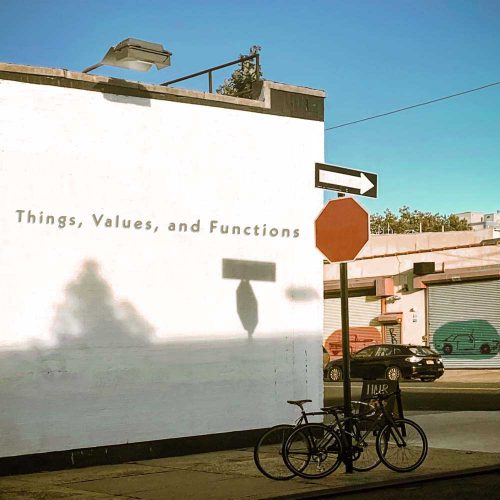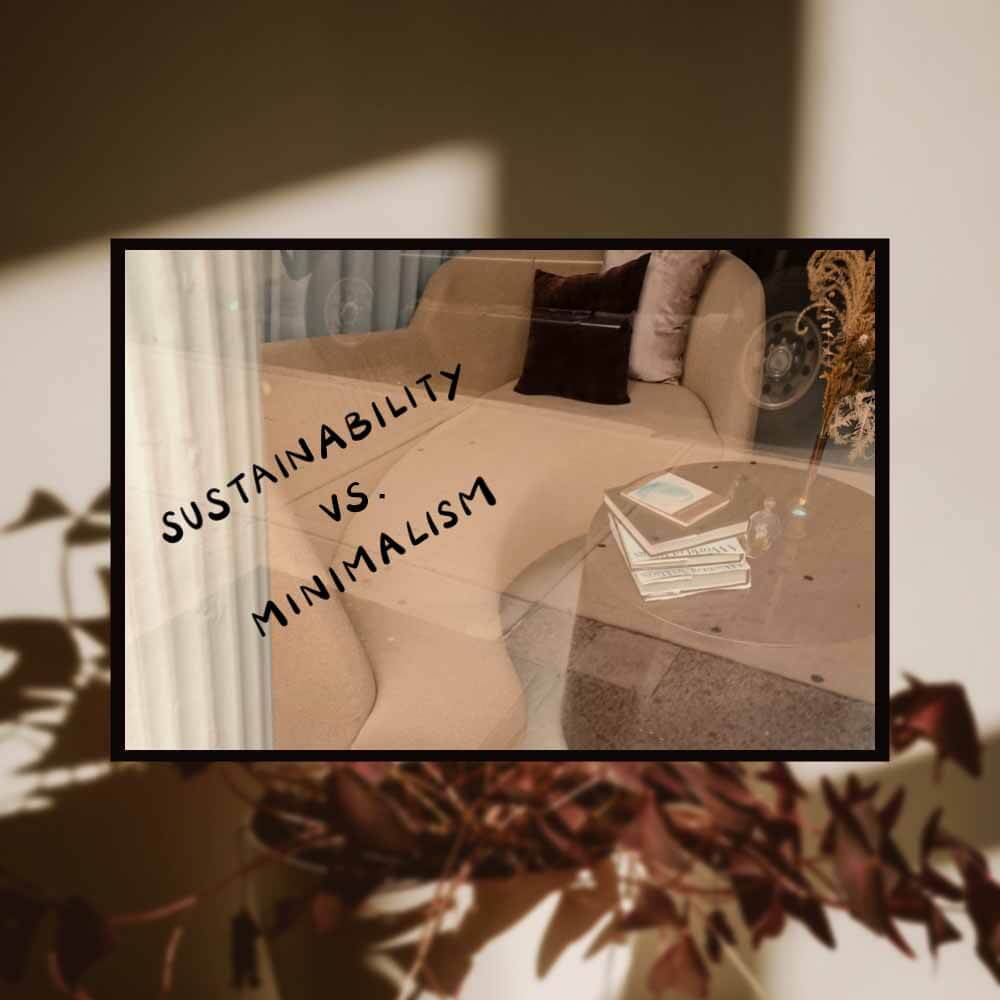この記事は日本語でも読めます。メニューにある Switch to JP ボタンを押してください。
This article is also available in Japanese. Please hit the Switch to JP button in the menu.
A little while ago, I wrote a small essay titled “Sustainability vs. Minimalism.” As someone who values sustainability as a core component of my lifestyle, minimalism is definitely reflected as a key concept, particularly when it comes to intentional consumption (for example, avoiding the unnecessary). However, between these two notions, perspectives and goals can differ, and therefore, I concluded in my essay that sustainability and minimalism seem similar but are in fact different.
In addition to that (and this is probably limited to my scenario), before I turned more conscious about sustainability and such, I was admittedly more on the shopper-holic end of the spectrum. There are remnants of that behavior in our home for sure. Collectively, my lifestyle continues to be far from minimal.
I have difficulty giving things away. The aesthetic of beautifully organized, minimalistic spaces and rooms intrigue me, but in reality, however, I am not comfortable parting with my belongings. I certainly have attachments to things.
Time that Things Can Pass on
Earlier this year, I lost a book that was dear to me, in an unexpected way. The book disappeared from my possession and that left a small hole in my heart.
That book has been a bestseller for ages, and the anecdotes contained within are uniquely New York, so I have purchased the same title a couple of times as a gift to my friends. Well then, with that in mind, I could certainly buy a new one for myself as a replacement…. but the book meant way more to me – I wanted THAT book – the one that I had with me for seven years and across multiple stages of my life in New York.
When I moved to New York in 2013, I had to attend school as I was on a student visa. I hadn’t applied to or prepared for Parsons yet, which I eventually went to several months after. I was studying English at CUNY, as an ESL student. The book was gifted to me by Ting, my first-ever friend in New York that I made there.
The ESL course was intended for students who aimed to study at CUNY, and most of my classmates planned to major in business, politics, sociology or some kind of arts, with a small portion planning to do nursing, medical, etc. On the other hand, Ting was a former animator and was planning to study graphic design at Pratt Institute. Although I was thinking about doing fashion marketing, as art school applicants, we instantly hit it off.
One day, out of the blue, Ting gave me a book. She told me that she read it a year ago, when she was new to the city, just like me that time, and was in love with New York but wasn’t sure about what to do with it. The book is a memoir of a famous and successful artist in New York. As I thanked her and was flipping through the pages, she said, “You’ll see my awful writing in English at the very end of it, which I used to express my thoughts after I read the whole story.”
A couple of weeks later, she unexpectedly had to fly back home to Taiwan for a family emergency. “Don’t you worry, I will definitely come back!” she said, but that was the last time I saw her. We were in touch for a little while over Facebook, but that didn’t last too long.
I read the book twice. The first time was right after she gave it to me. The new-to-New-York-City artist back then painted a picture of the city and the people there in the 1960’s. I totally understood why Ting thought I would enjoy it. The second time was four years later, when I was randomly reminded of the book and wanted to read it again. Both times, Ting’s handwriting followed the final chapter. Although the language was a bit odd as she said, I could see Ting in 2012, when she started her new life in New York. The me in 2013, a lost child in New York, and the me in 2017, a baby New Yorker, both shared feelings with Ting.
After the time Ting left New York, I was accepted to Parsons, studied there and graduated from it, and started working my dream job and got married, etc. Many events and changes had happened. I made a lot of friends, too. In the seven-plus years of my New York life, although the friendship between Ting and me was fleeting, I was still sad to lose the book this year and that left an empty space in my heart. What I lost was not just something tangible, but something that holds irreplaceable value. By owning the book, I could feel the existence of my very first real friend in New York, despite her being gone, but when the book also left my grasp, even her existence vanished. It almost felt as if 2012 Ting and 2013 me also faded away along with the book.
Reading Books and Listening to Music Through Things
I was born in the 1980’s. Up until now, I have experienced so many new formats when it comes to reading books and listening to music. Music, for instance – I was jealous of my brother’s Walkman (yes, the one for cassette tapes), then my parents bought me a CD Walkman. It was upgraded to a portable MD player (a format popular in Japan), which eventually was replaced by an iPod. iTunes took over Tower Records and HMV, and now I stream music and make playlists on Spotify. Reading may not have had as drastic an evolution as music, but I didn’t have the option of digital books when I was young. I enjoy Audible, but it’s still new to me.
The books and music that I familiarized myself to always existed tangibly. Book covers, designs, and the feel of books were quintessential factors when I picked what to read, and so were album covers and the little booklets that came along when I bought CDs. I put a bookmark, or sometimes flowers, between the pages, left notes or marked lines, cut out images from magazines to make collages, and created original CDs, MDs or collections in hard memory by ripping CDs or downloading.
Let’s go back in time again. Before I moved to the States, my husband and I were in a long-distance relationship between New York and Tokyo for around six months. We Facetimed almost everyday, and we mailed letters to each other. Back then, neither of us were Spotify users, so we saved our favorite music to share on a USB drive, and sent it along through the mail. When I received one from him, I transferred his picks to my hard drive, and enjoyed listening to them. I also had a fun time making my own original curated collection, as well as chit-chatting about each other’s favorites over Facetime.
Half a year later, my MacBook moved into where my husband’s iMac was. Our hard drives now share the same roof, as well as our entire music collections. However, we hesitate to use our old USB drive for other purposes (also, we no longer often use USB drives these days). We preserve our USB memory from the time we last exchanged it. It feels almost like a couple in the 80’s, making sure the safety tab of their mixtape was removed so that nothing is overwritten. It conserves the memory of the time when we were apart.
Now, we can make and exchange playlists over Spotify. It’s fun and fuss-free. We don’t need any physical drives. Nevertheless, we reminisce about our mix-USB-drive period, we play music from the small plastic piece that holds our memory, and our conversation goes on.
I Want to Boldly Cherish Time and Memory
I hadn’t read my lost book for years. I don’t think I needed it anymore. We can access all the music stored on the USB drive from our hard drive and Spotify. I don’t think we need it anymore. Similarly, I have so many things that I own, but not that I need. Our apartment is small. Our basement storage space is finite.
Among all the popular fashion of decluttering, minimalism and also eco-minimalism, which is a combination of eco-consciousness and minimalism, whether someone can organize their belongings or not seems largely dependent on whether they can decide to let things go or not. One key factor is if they have the ability to part with their attachment to things. If that’s the gold standard, I totally suck at any organization methods, and that makes me ashamed of my indecisiveness.
I wonder what Konmari would say about how her “spark joy” theory works with the things that we are attached to. I found one Japanese post that tells how Konmari Method deals with it.
“If there’s something that you feel impossible to part with, then be confident and keep it. Believe in your current judgement where you wish to keep it because it ‘sparks joy.'”
“こんまり流×思い出と向き合う 残すモノ飾って生かす“
(Nikkei Style)
Translated by THE LITTLE WHIM
Phew. It seems like I can totally apply her concept: the feelings tied to things can be justified as long as it “sparks joy.”
What would it have felt like if I hadn’t lost the book but I actually had decided to let it go? I wonder if I would have regretted it. What if I had taken a picture of Ting’s message to keep, and then said goodbye to the book? I wonder if I would have been satisfied. It’s all conjecture at this point, but I believe I still couldn’t give it up, and would have chosen to “be confident and keep it.”
It can often happen, where we are attached to things because we feel tied to what they represent to us. You could be a hoarder, or a sentimental nostalgist who wants to hold onto memories. I would prefer to boldly cherish the value that things store, because I appreciate and celebrate what they mean and represent to me.
Accumulated Memories as Time Passes
I also admit that the fact that I have aged plays a role in these thoughts.
Let me rewind the clock again, going even further back this time. Before my brother and I were born, my parents started living in suburban London and lived there for more than a decade. When they moved there, they were younger than I am now, and compared to my current life in New York, theirs must have felt immensely foreign back then. On top of that, I recall my family being financially well off all the time since my childhood, but when they just started out, I believe that was not the case.
The Aquascutam blanket that appeares in my Instagram post above is something that they obtained in the UK. It is multiple-decades old, now on my couch in New York, having travelled from Tokyo with me. It holds memories of the UK where my parents spent their twenties and thirties, and memories of the States when I moved here seven years ago when I was around the same age as them when they got the blanket. I have other blankets too, but the story this piece tells is quite long. The older I get, the more mature our family story becomes, which is woven into the blanket. Therefore, I continue to develop more attachment to it.
I realize that the number of things that I feel strongly attached to keeps growing. There are many more things that I don’t want to lose. That means I’m surrounded by small but invaluable happinesses.
Things, Values, and Functions
I can’t help but wonder where my lost book is now. My best wish is that the book is handed to somebody who wants it, maybe traded at a used book store or a flea market. It would be also great if it is donated to a library and ends up being read by many people. Although the value of things can differ depending on each person’s personality and whatnot, books have functions. I want my book to be read.
The lost book that I was strongly attached to had been possessed but untouched for years. It was not functioning as a book. That makes me think that maybe the book was supposed to depart from my bookshelf, and start a new journey.
I would then love to imagine the book being a book, traveling with the time and memory of Ting and me while keeping its primary function of imparting stories to others. I hope somebody enjoys reading it, and finishing the very last chapter, that they find the message by an aspiring young lady who lived her dream in New York in 2012. And if that would make them grin warmly or be inspired, the hole in my heart will be filled with joy.
この記事は日本語でも読めます。メニューにある Switch to JP ボタンを押してください。
This article is also available in Japanese. Please hit the Switch to JP button in the menu.





